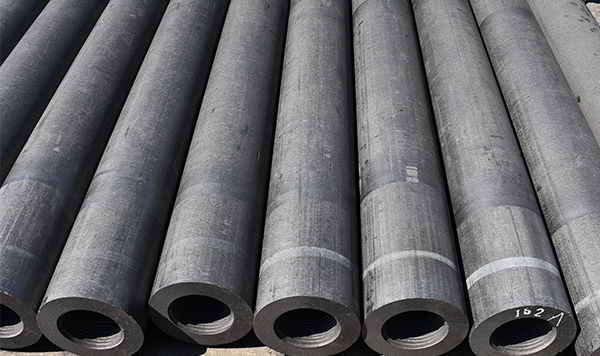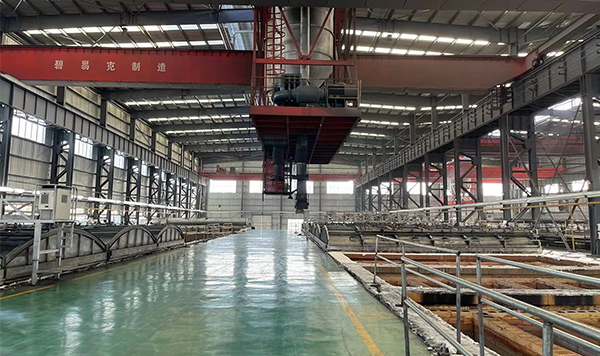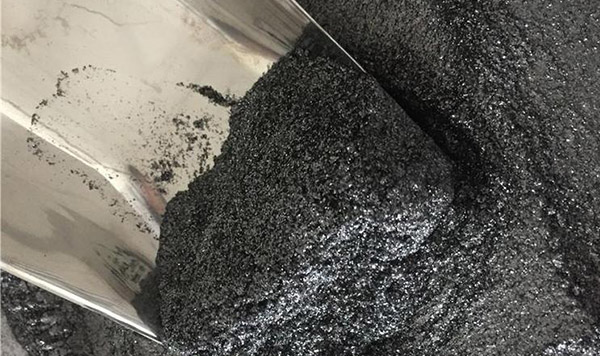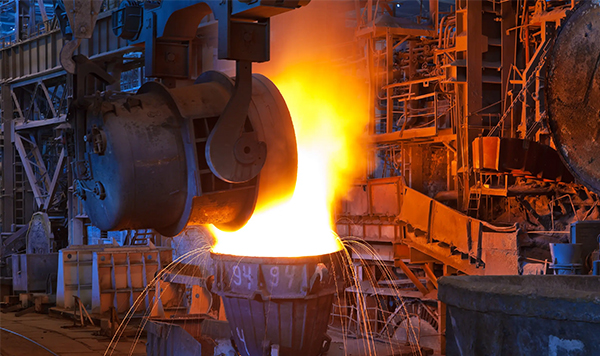Graphite electrodes are an essential component in many industrial processes, particularly in high-temperature applications where electrical conductivity and durability are required. As the global demand for steel and other metal products continues to rise, the importance of graphite electrodes in key industries has become more pronounced. This article explores the major industries that heavily rely on graphite electrodes for production and the critical role these products play in modern manufacturing.
1. Steel Industry
The steel industry is by far the largest consumer of graphite electrodes, accounting for the majority of global demand. Electric arc furnaces (EAF) use graphite
electrodes to generate the intense heat needed to melt scrap steel and other raw materials. The EAF method is preferred due to its energy efficiency, environmental benefits, and ability to produce high-quality steel. With the push for sustainable steel production and increased recycling, the use of graphite electrodes in EAF operations is expected to continue growing.
2. Foundry and Metallurgy
Graphite electrodes play a crucial role in non-ferrous metal production, including aluminum, copper, and silicon metal smelting. The foundry industry relies on electric furnaces to produce cast metal parts used in automotive, aerospace, and industrial machinery. High-purity graphite electrodes ensure precision melting and refining, leading to better product quality and consistency. The demand for graphite electrodes in the metallurgical industry is increasing as manufacturers seek advanced materials with superior performance characteristics.
3. Ferroalloy Production
Ferroalloys, such as ferrosilicon, ferromanganese, and ferrochrome, are essential additives in steelmaking to improve hardness, corrosion resistance, and tensile strength. These alloys are produced in submerged arc furnaces, which require large-diameter graphite electrodes to conduct electricity and sustain the high temperatures needed for chemical reactions. As global steel production expands, so does the demand for ferroalloys, driving the need for high-quality graphite electrodes.
4. Chemical and Petrochemical Industry
The chemical and petrochemical industries rely on graphite electrodes in the production of key materials such as calcium carbide and phosphorus. Calcium carbide is used to produce acetylene gas and various chemicals, while phosphorus is a critical component in fertilizers, food additives, and industrial chemicals. These processes involve electric furnaces that require stable and heat-resistant graphite electrodes to maintain efficiency and reliability.
5. Energy Storage and Battery Manufacturing
Graphite electrodes are also used in the growing energy storage sector, particularly in lithium-ion battery production. Although natural and synthetic graphite are primarily used as anode materials, the high-temperature treatment of graphite during battery manufacturing involves the use of graphite electrodes. As the demand for electric vehicles and renewable energy storage solutions continues to rise, the role of graphite electrodes in this industry will expand accordingly.
6. Refractory and High-Temperature Applications
The refractory industry uses graphite electrodes to produce high-performance materials such as crucibles, molds, and furnace linings. These components must withstand extreme temperatures and corrosive environments, making graphite an ideal choice. Industries such as glass manufacturing, ceramics, and advanced material processing benefit from the superior thermal conductivity and stability of graphite electrodes.
Graphite electrodes are indispensable in several industries, with their primary application being in steel production through electric arc furnaces. However, their use extends to metallurgy, ferroalloys, chemical processing, energy storage, and refractory applications. As industries move toward more sustainable and efficient production methods, the demand for high-quality graphite electrodes will continue to grow. Companies in the graphite product supply chain must stay ahead of market trends and technological advancements to meet the increasing needs of these industries.







